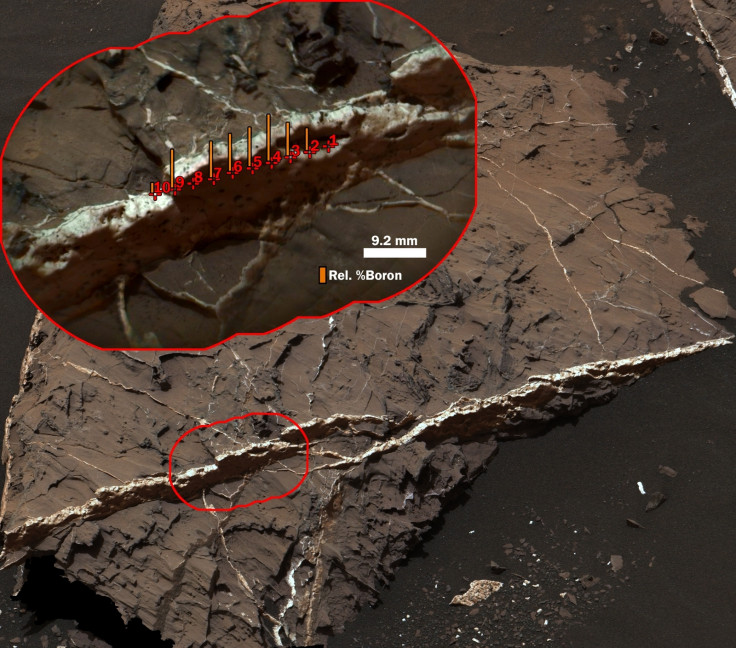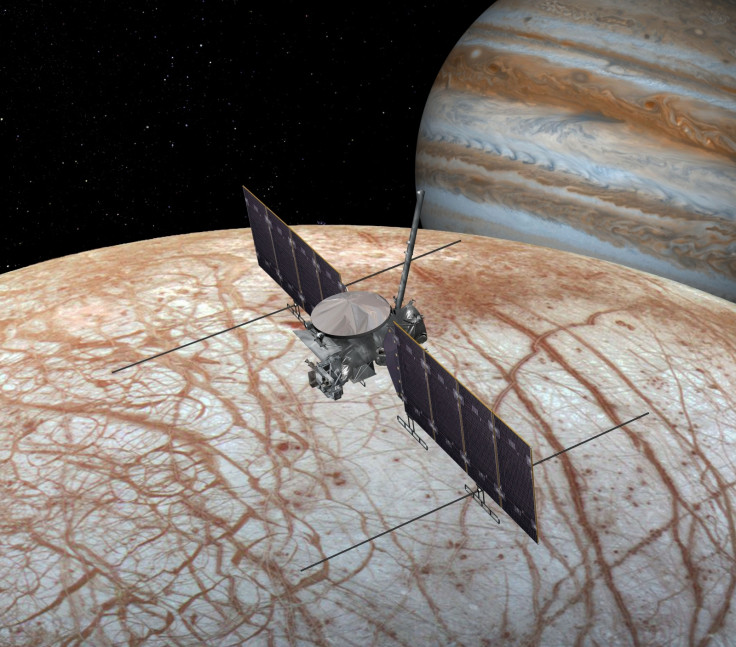SETI lists seven places in our Solar System that could harbour microbial life
We are more likely to find microbial life 'sooner than' intelligent extraterrestrials.
The Search for Extraterrestrial Intelligence (SETI) Institute believes that our Solar System could possibly harbour life forms in the microbial level and have listed seven places that are the likely candidates.
Seth Shostak, senior astronomer with SETI, in an interview with Futurism has said that there are "at least seven other places in our own solar system, so kind of next door places you could get to with a rocket, that could have microbial life," adding that it is likely that microbial life is found before intelligent life.
Mars
The red planet is one of the first candidates for finding life, notes the report. With more and more information coming out about the planet's chemical and environmental makeup, it might not be too unrealistic to expect to find life there. Nasa recently uncovered a "key ingredient for life" in a fascinating chemical discovery on Mars as they found Boron.

Jupiter's moons
Europa is a prime candidate for finding a life within its sub-surface oceans. There are hot spots at the bottom where "little mini volcanoes and that would give you energy for life," said Shostak.

Ganymede is the largest moon in the entire Solar System, notes the report and could support life in its ocean beneath the thick ice sheets on the surface.
Callisto is another moon that even has an atmosphere apart from its ocean, says the report.
Saturn's moons
Recently it was reported that chemical "precursors" to life was confirmed on Saturn's largest moon, Titan as Nasa found the right chemical setup that can support cell membranes on that moon. According to the Futurism report, there are large liquid lakes that are filled with natural gas and these could be good places to start looking for life.
Another satellite of Saturn– Enceladus is another prime candidate in the search for life and according to Shostak, an even more favourable place for life to form. The report points out that it might be even easier to study life in Enceladus as it shoots plumes of ice into space. "You don't have to land. You don't have to drill," explained Shostak. "You just go grab some of those geyser gunk and bring it back to Earth and maybe you'll find aliens."

One of the reasons why Cassini spacecraft had to plunge into Saturn was because scientists believed that if there happens to be life on any of its moons, there is a possibility of contamination from Cassini that they needed to avoid.
Pluto
Pluto is believed to have pockets of liquid water under its surface and according to Shostak "any place [where] you have liquid water — liquid of any kind — maybe have microbes." It was reported that the New Horizons probe discovered blue skies and red "water ice" on Pluto as well as numerous small, exposed regions of water ice.

The report surmises that these seven places in the solar system have the right conditions –not just water– to support life. Shostak said: "You have something that gives you food, fundamentally, and the opportunity to create life, which after all is just organic chemistry."
In a previous report by Futurism, it was noted that there being life on alien planets and actually finding life on those planets are different aspects as humans might not even recognise life that is completely different in form. Earth's atmosphere allows for life that is carbon-based, but planets with atmospheres that have biosignatures made of different other gasses could possibly hold life that is completely unrecognisable to humans.

© Copyright IBTimes 2025. All rights reserved.





















